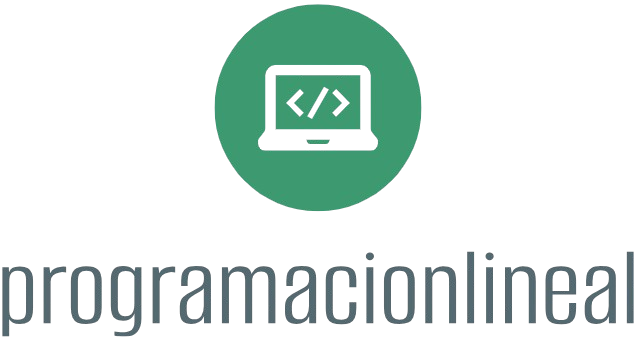The command line interface (CLI) is a powerful tool that every developer should become proficient in. While graphical user interfaces (GUIs) are user-friendly, CLI skills offer numerous advantages in software development, system administration, and automation. Here’s why mastering the command line is essential for developers:
1. Efficiency and Speed
- Faster Navigation: Navigating directories, searching for files, and executing commands is often quicker in the CLI than using a file explorer.
- Batch Operations: You can perform complex tasks on multiple files or directories simultaneously with commands, which saves time compared to doing it manually in a GUI.
Example:
bash
Copy code
# Renaming all .txt files to .md in the current directory for file in *.txt; do mv “$file” “${file%.txt}.md”; done
2. Advanced File Management
- Powerful Tools: CLI provides tools like grep, find, sed, and awk for advanced text and file manipulation.
- Scripting: Automate repetitive tasks and create scripts for batch processing, backups, and more.
Example:
bash
Copy code
# Finding files modified in the last 7 days find . -type f -mtime -7
3. Remote Access and Management
- SSH: Secure Shell (SSH) allows you to remotely access and manage servers. Many server environments are CLI-based, so familiarity with command line tools is essential.
- Remote Commands: Execute commands on remote systems without needing a GUI.
Example:
bash
Copy code
# Connecting to a remote server ssh user@remote_server # Running a command on the remote server ssh user@remote_server ‘ls -l /var/www’
4. Programming and Development
- Version Control: Tools like Git are primarily used via the command line. Mastering Git commands allows for more control and efficiency in version control.
- Environment Management: Manage environments and dependencies using tools like pip, npm, and virtualenv.
Example:
bash
Copy code
# Checking Git status git status # Installing a Python package pip install requests
5. Automation and Scripting
- Automate Workflows: Write shell scripts or use automation tools to streamline development processes and deployment.
- Scheduled Tasks: Use cron jobs to schedule and automate tasks.
Example:
bash
Copy code
# Creating a cron job to run a script daily at midnight 0 0 * * * /path/to/script.sh
6. Troubleshooting and Debugging
- Logs and System Monitoring: Use CLI tools to view logs (tail, less, grep) and monitor system performance (top, htop).
- Network Troubleshooting: Tools like ping, traceroute, and netstat help diagnose network issues.
Example:
bash
Copy code
# Viewing the last 100 lines of a log file tail -n 100 /var/log/syslog # Checking open network connections netstat -tuln
7. Learning and Growth
- Foundational Knowledge: Understanding how operating systems work at a fundamental level improves overall computing knowledge.
- Enhanced Problem-Solving: CLI skills often require and develop strong problem-solving abilities.
8. Cross-Platform Compatibility
- Portability: Many command line tools and scripts work across different operating systems, making it easier to develop and maintain cross-platform applications.
Example:
bash
Copy code
# Finding text within files across platforms grep -r ‘search_term’ /path/to/search
Conclusion
Learning command line skills empowers developers with efficiency, control, and flexibility in their workflows. It enhances your ability to manage files, automate tasks, and troubleshoot issues effectively. Whether you’re working locally or remotely, mastering the CLI is an invaluable skill that complements and extends your development capabilities.











